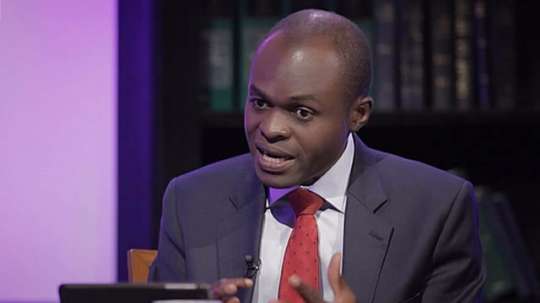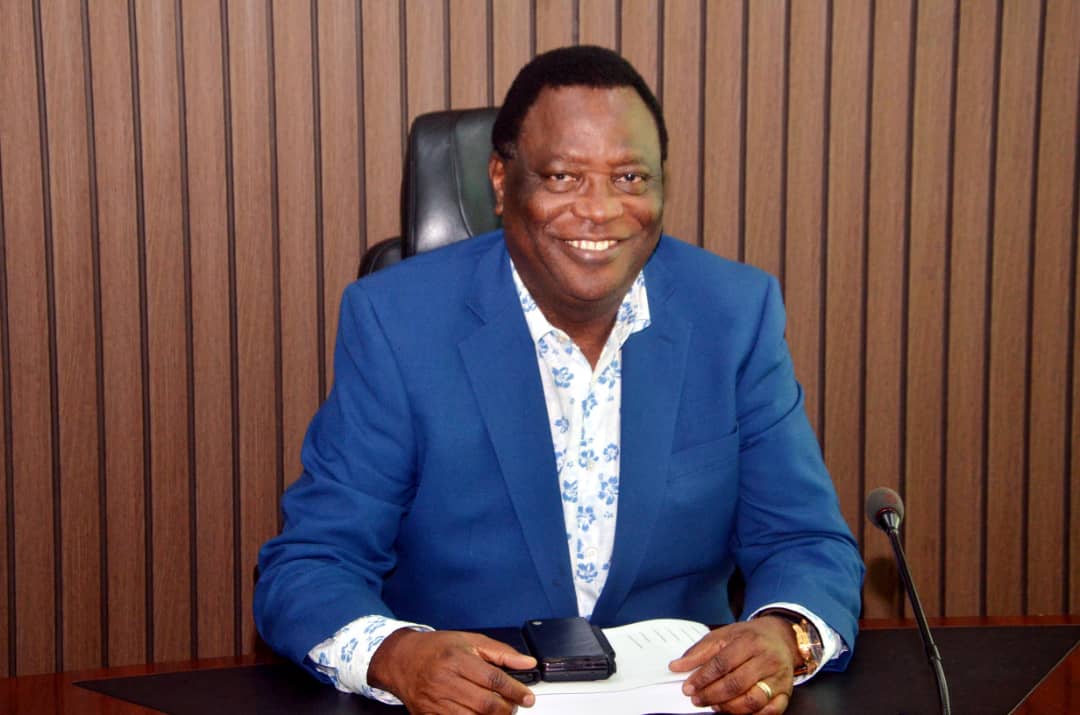Trump Tariffs Face Ongoing Legal Battles and Court Rulings

The economic agenda of President Donald Trump has been thrown into significant turmoil following a series of conflicting court rulings concerning his administration's sweeping tariffs. Initially, the U.S. Court of International Trade (CIT) dealt a blow by blocking the majority of these tariffs, only for a federal appeals court to subsequently pause that ruling, allowing the tariffs to be reinstated, at least for the time being. This legal back-and-forth has created substantial uncertainty for businesses, markets, and international trade relations.
The initial challenge culminated on a Wednesday when a three-judge panel for the CIT ruled that President Trump does not possess "unbounded authority" to impose tariffs under the International Emergency Economic Powers Act (IEEPA) of 1977. Trump had invoked IEEPA, which allows the President to regulate economic transactions during a national emergency, to levy significant tariffs against multiple countries, citing national emergencies related to fentanyl and trade deficits. The CIT's decision specifically halted a 30% tariff on China, a 25% tariff on certain goods from Mexico and Canada, and 10% baseline tariffs on most other global trading partners. However, this ruling did not affect import taxes on steel, aluminum, or automakers, which Trump had imposed under a different legal authority, Section 232 of the Trade Expansion Act of 1962, citing national security threats.
The Trump Administration swiftly appealed the CIT's decision. On Thursday, the U.S. Court of Appeals for the Federal Circuit granted an emergency motion from the administration, pausing the CIT's ruling and temporarily reinstating the blocked tariffs. The administration argued that the halt was "critical for the country's national security." The appeals court has directed the plaintiffs, a group of U.S. businesses affected by the tariffs, to respond by June 5, with the federal government's response due by June 9. This appeals process could potentially escalate to the Supreme Court, where the Trump Administration had previously indicated it would seek "emergency relief" if its tariff powers were not reinstated by lower courts. Adding to the legal complexity, a federal judge in a separate case also ruled against the IEEPA-imposed tariffs for two Illinois educational toy companies, though this injunction was paused for two weeks, and the administration has appealed this decision as well.
President Trump reacted vehemently to these legal challenges. In a lengthy post on Truth Social, he criticized the CIT's ruling as "incredible," "so wrong, and so political!" He questioned the motivations of the judges, asking, "Where do these initial three Judges come from? How is it possible for them to have potentially done such damage to the United States of America? Is it purely a hatred of ‘TRUMP?’" The three-judge panel at the CIT was notably composed of appointees from Presidents Trump, Barack Obama, and Ronald Reagan, and their ruling was unanimous. Trump specifically targeted Leonard Leo, chairman of the Federalist Society's board, calling him a "real ‘sleazebag’" and expressing disappointment with the conservative legal organization for what he termed "bad advice" on judicial nominations. Despite his criticisms, Trump also stated he was proud of many of his judicial picks.
Amidst the legal battle, White House officials have suggested that President Trump has alternative legal authorities to impose import taxes. White House Press Secretary Karoline Leavitt indicated the President could use other means, and the CIT's ruling itself pointed to Section 122 of the Trade Act of 1974, which allows for tariffs up to 15% for 150 days in response to "fundamental international payment problems." Peter Navarro, Trump's top trade adviser, asserted that the "Trump tariff agenda is alive, well, healthy and will be implemented." Economists at Goldman Sachs noted that while the ruling represented a setback and increased uncertainty, it might not change the final outcome, expecting the administration to find other ways to impose tariffs.
The fluctuating legal status of the tariffs has had a noticeable impact on financial markets. U.S. stock markets initially rallied on the CIT's decision to block the tariffs but later relinquished these gains when the ruling was paused. The renewed uncertainty led to selloffs in U.S. stock futures and a decline in the U.S. dollar. Asian and European markets also reflected this nervousness. Haven assets, including gold, the euro, the Swiss franc, and the Japanese yen, saw increased demand. Treasury Secretary Scott Bessent mentioned ongoing high-level trade talks, such as those with a Japanese delegation, though he acknowledged that talks with China were "a bit stalled." Tariff revenues, according to Donald Schneider at Piper Sandler, were estimated at an annualized pace of $255 billion, a significant increase from the norm, which could be relevant given concerns about U.S. fiscal sustainability due to tax cuts and spending measures.
The broader political and economic environment also saw other developments. President Trump met with Fed Chair Jay Powell, reiterating his view that the central bank should lower rates, though his comments lacked the harshness of previous criticisms. Additionally, there were mentions of Elon Musk's departure from government work related to DOGE, with Trump announcing a joint press conference for Musk's last day. These events contribute to the complex backdrop against which the tariff saga unfolds, leaving businesses, consumers, and central banks grappling with persistent uncertainty and delayed decision-making.











